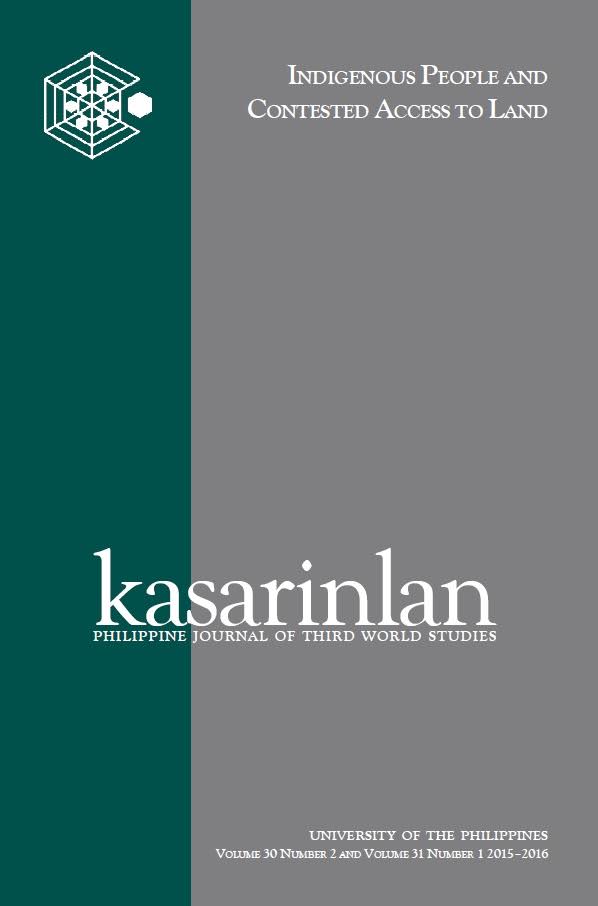Dividing the Land: Legal Gaps in the Recognition of Customary Land in Indonesian Forest Areas
Abstract
On 30 December 2016, for the first time, the government of Indonesia recognized customary forests of nine indigenous communities. This recognition has proved the implementation of the 1945 Indonesian Constitution, as echoed by Constitutional Court Ruling 35/2012 that was released in May 2013, concerning the legal recognition of indigenous peoples’ rights on land and forest. Ruling 35 took three years to be implemented. This paper discusses the factors that brought about the delay of that recognition. For decades before December 2016, the legal recognition of indigenous peoples’ rights in Indonesia had not resulted in the successful reclaiming of indigenous peoples’ customary land from “state forests.” There were gaps between government commitments, laws, and development plans. Law, politics, and the economic interests of bureaucracy had created these gaps and had led to complex obstacles to the recognition of indigenous territories in Indonesia. Dualism of government authority over land tenure had prevented adequate protection of indigenous rights. Inconsistency of national laws and the absence of a clear national policy toward the recognition of indigenous peoples and their territories had induced local governments to play safe by not recognizing indigenous territories; rather, local governments continued granting licenses for mega projects for natural resource extraction. This paper also presents the dynamics of advocacy and lawmaking concerning customary forests in Indonesia, and it notes the relevance of the Philippines-Indonesia nexus for learning and sharing on behalf of indigenous peoples’ advocacy. How the national law in different forms and at different levels has enabled and constrained the recognition of indigenous peoples and their claims to customary forests is the key theme discussed.



